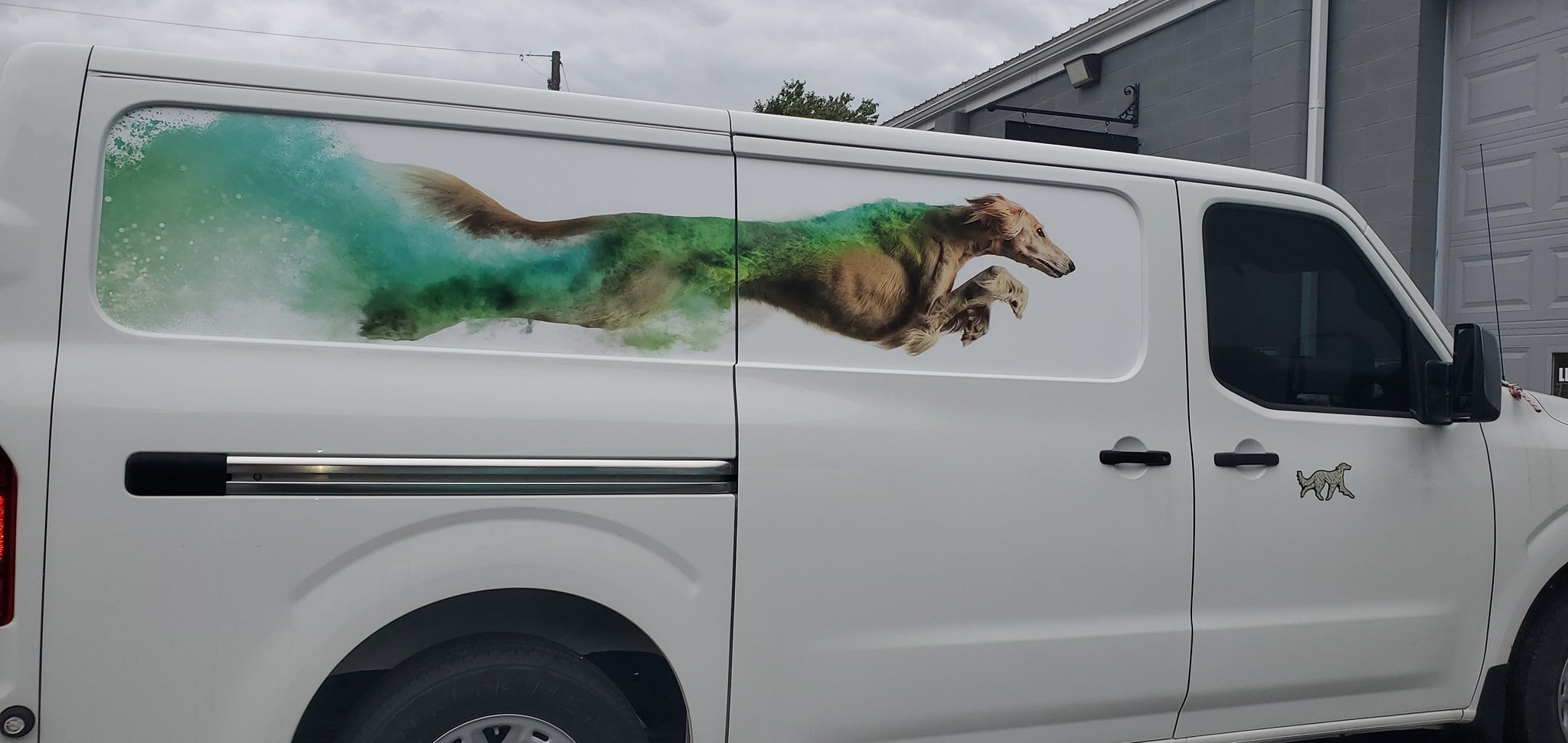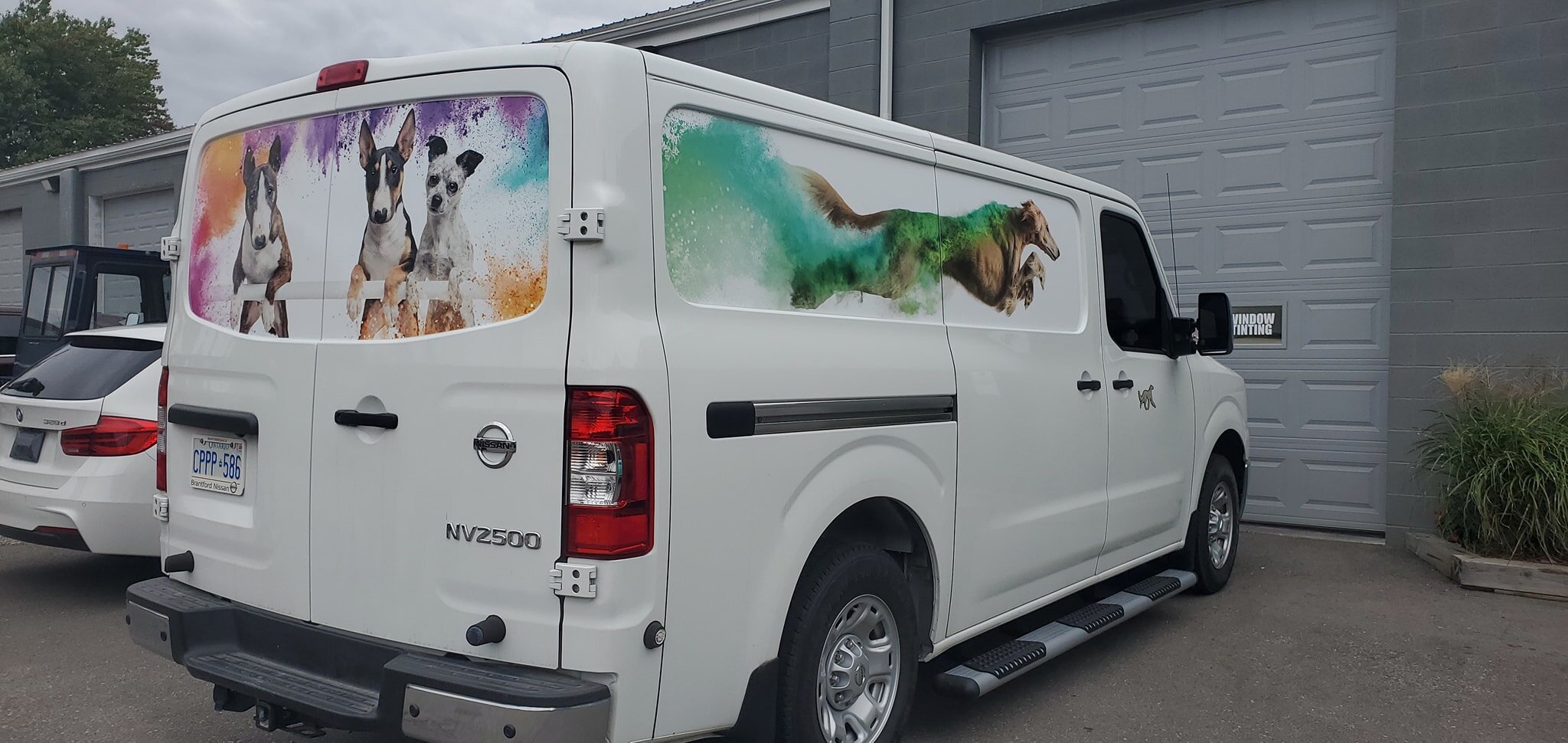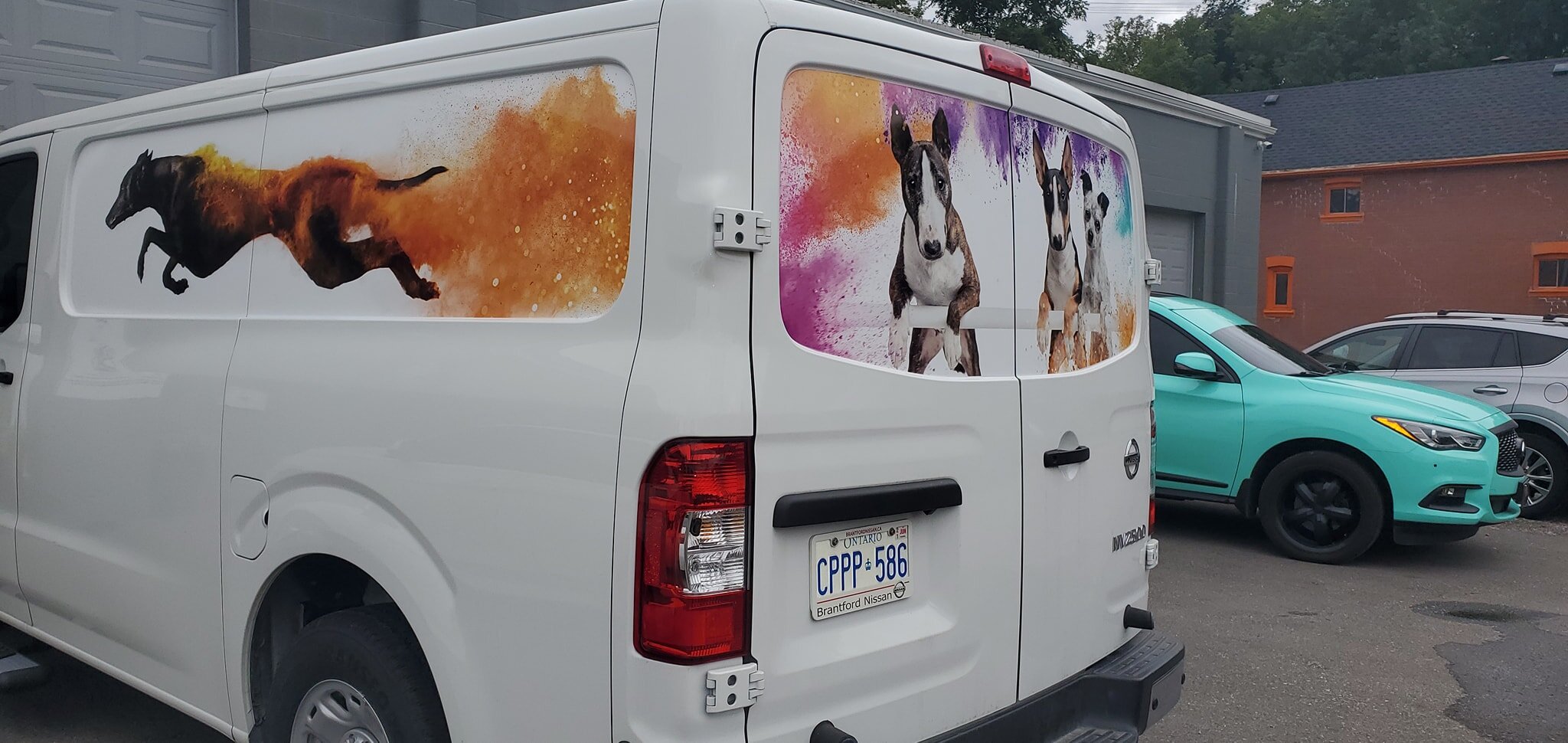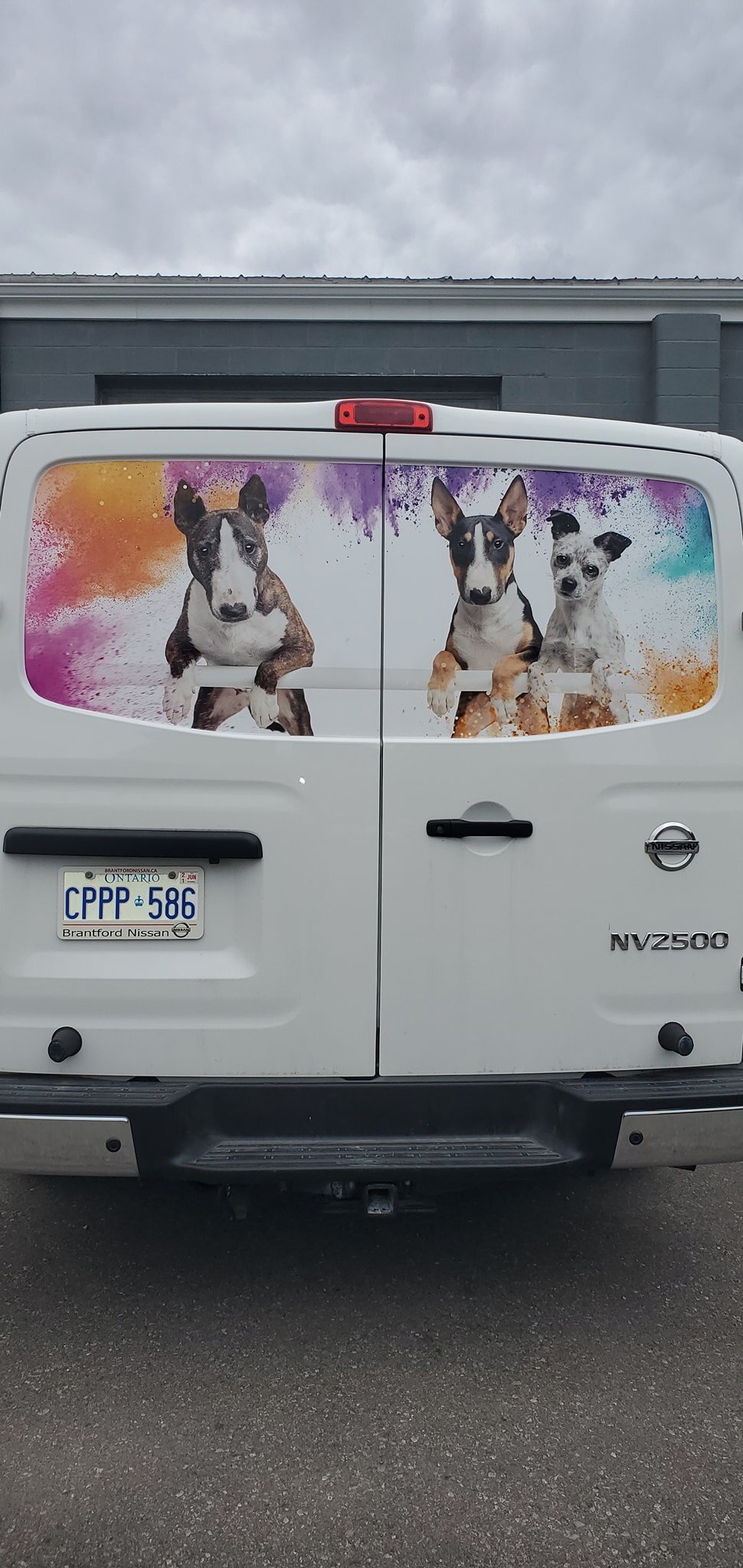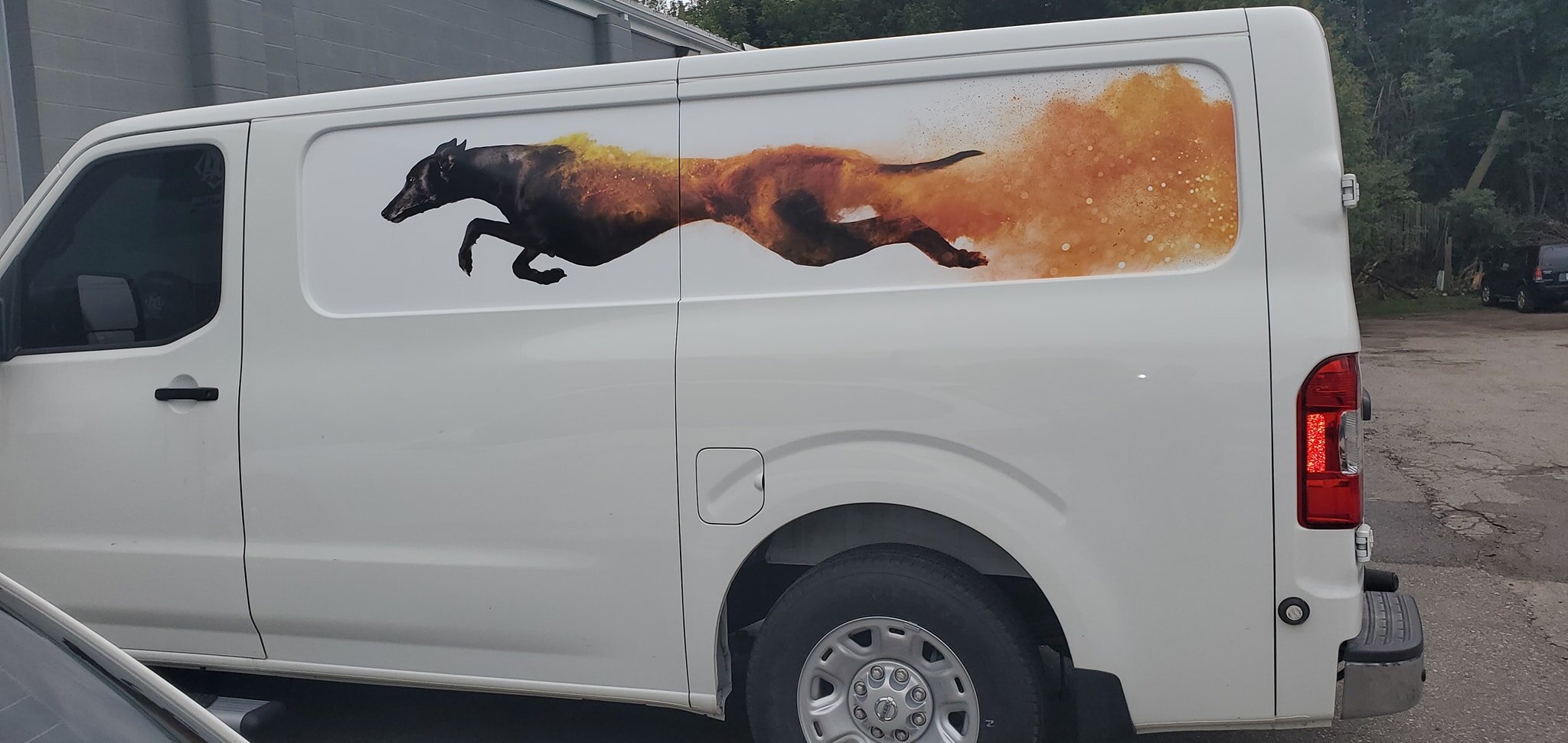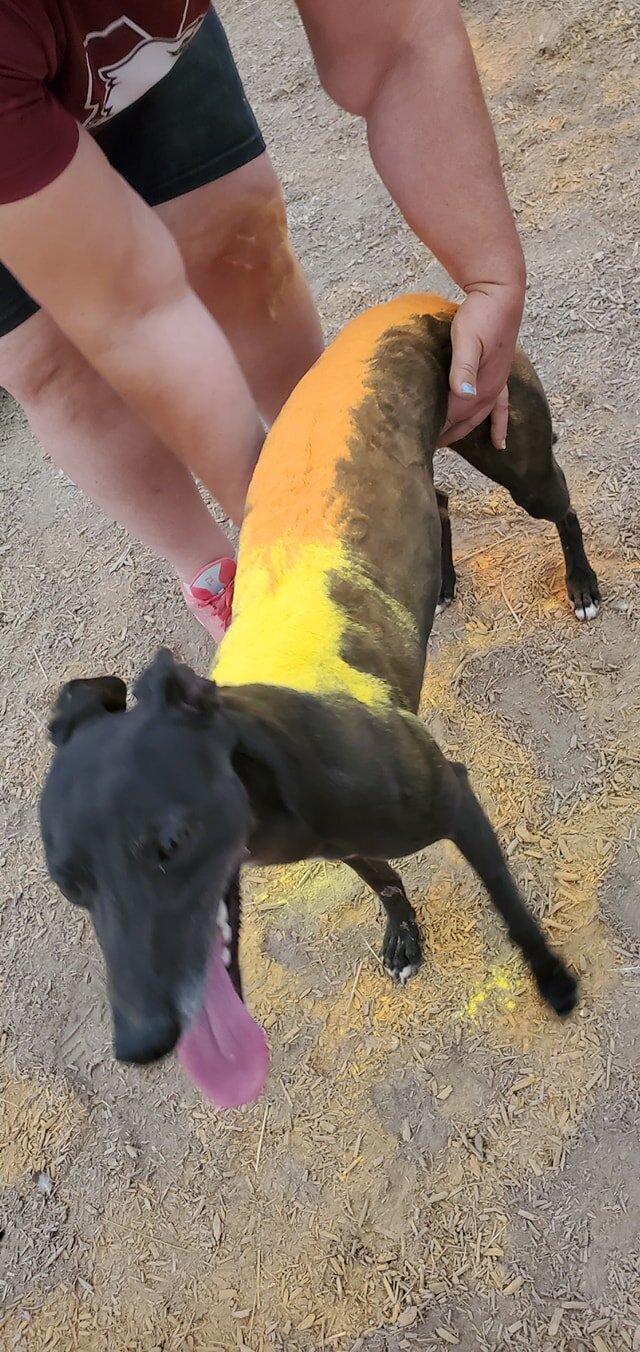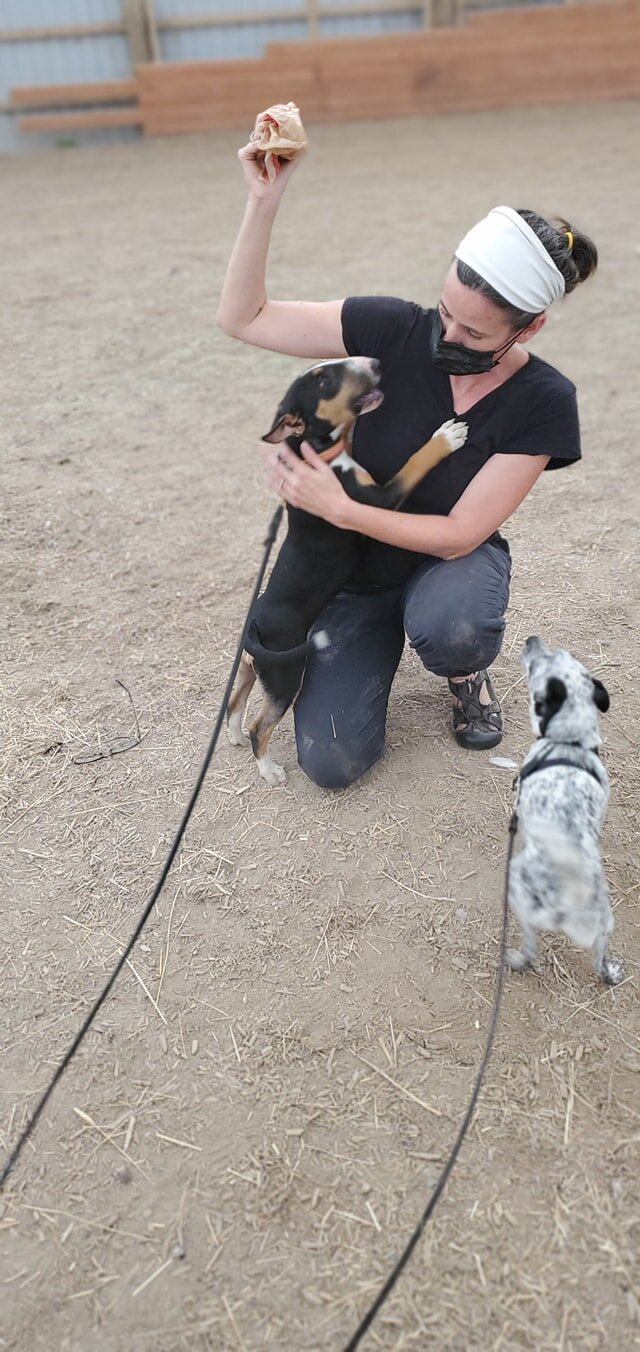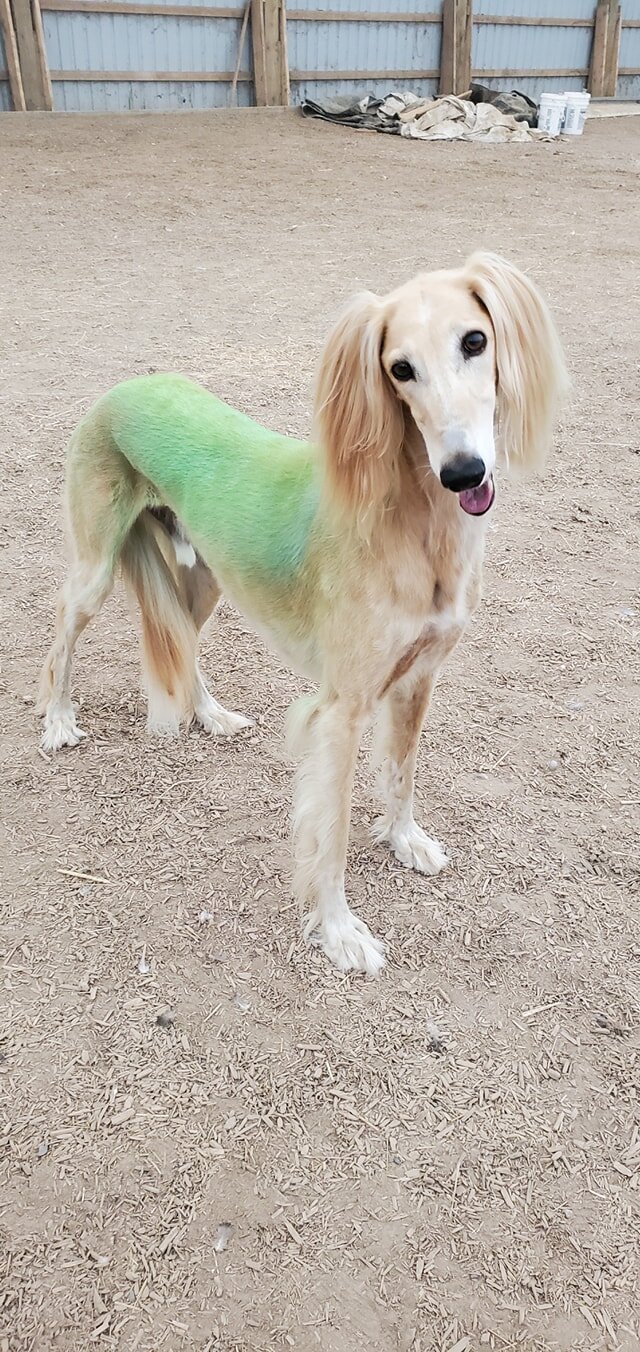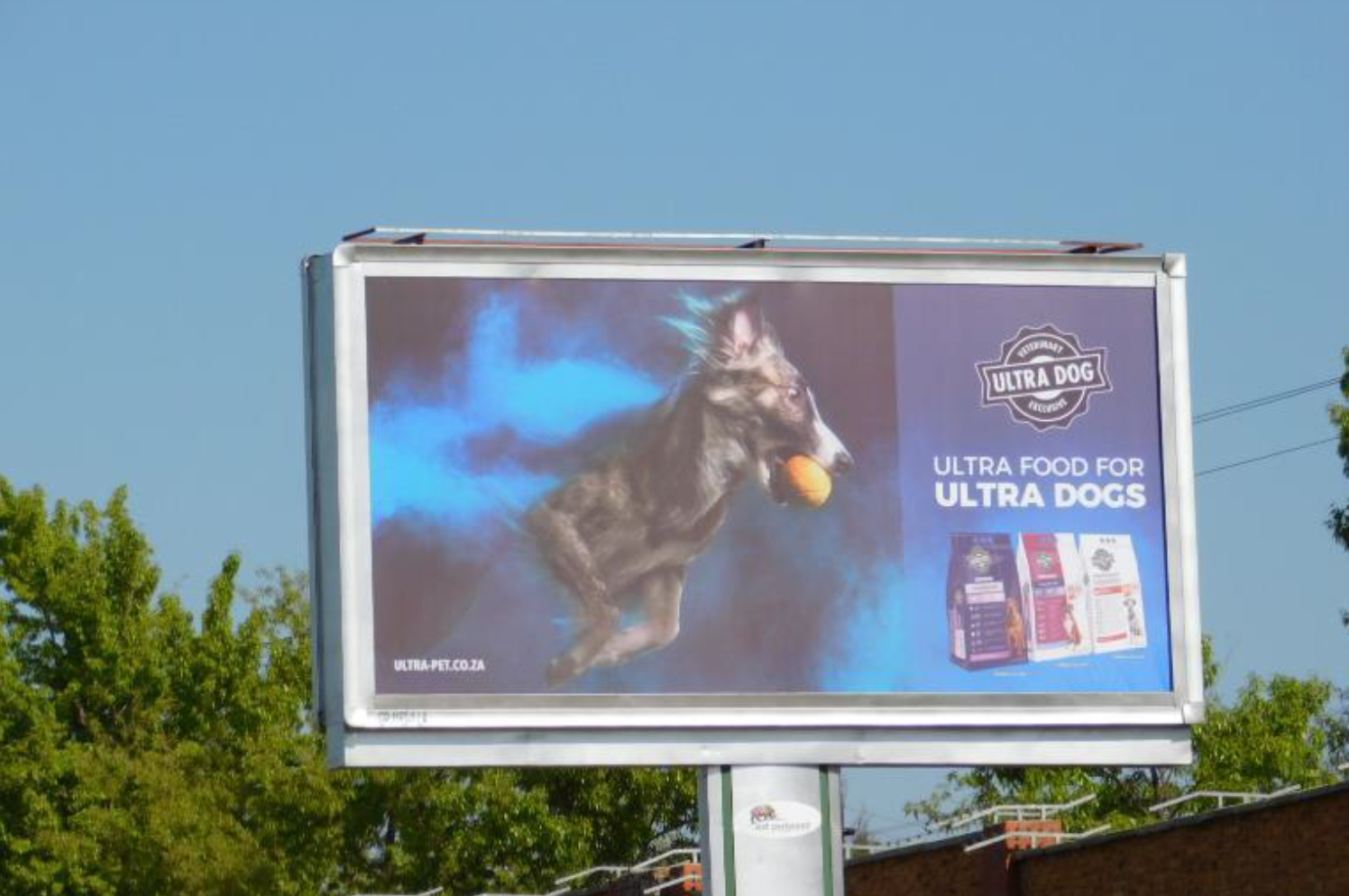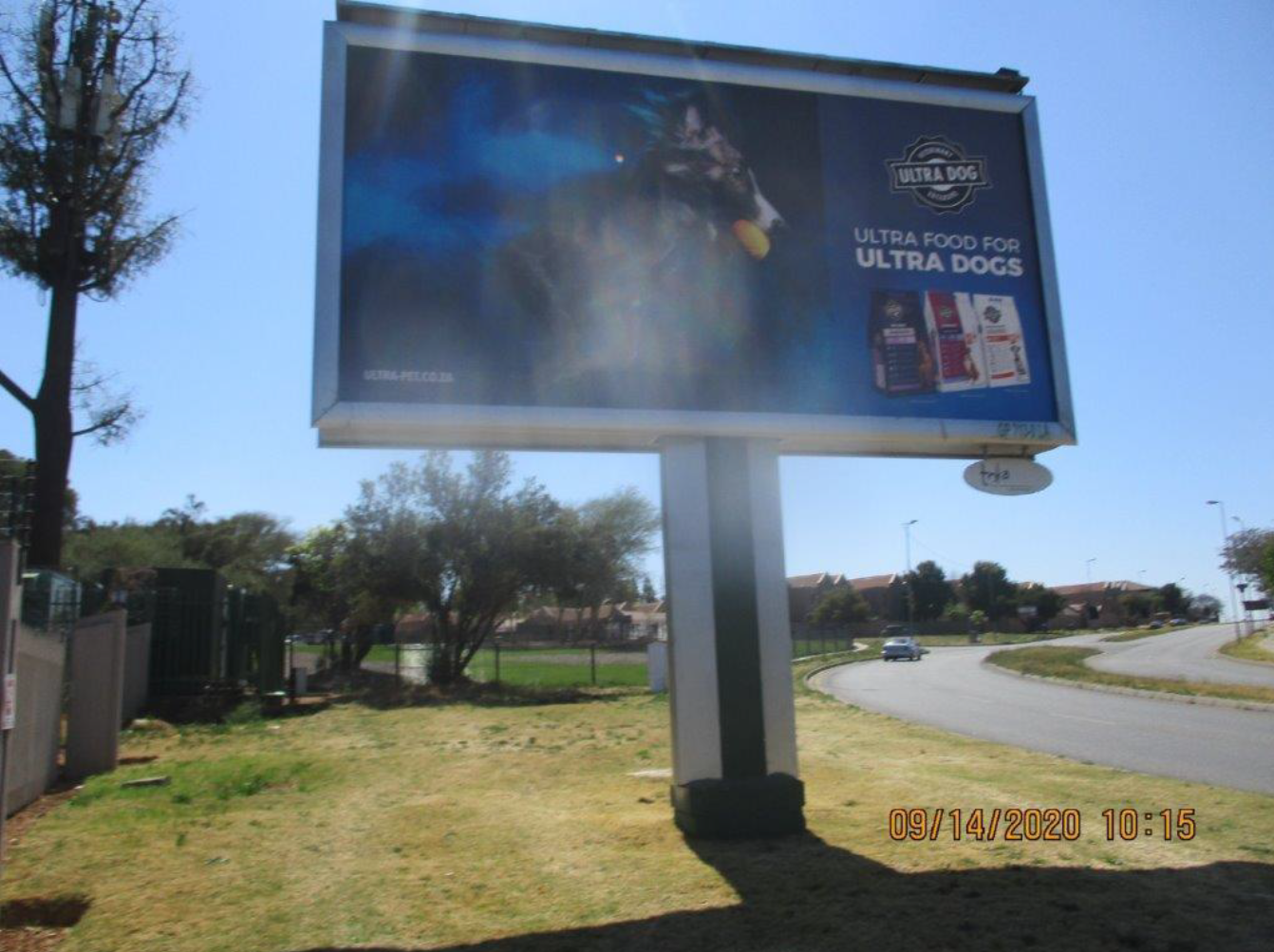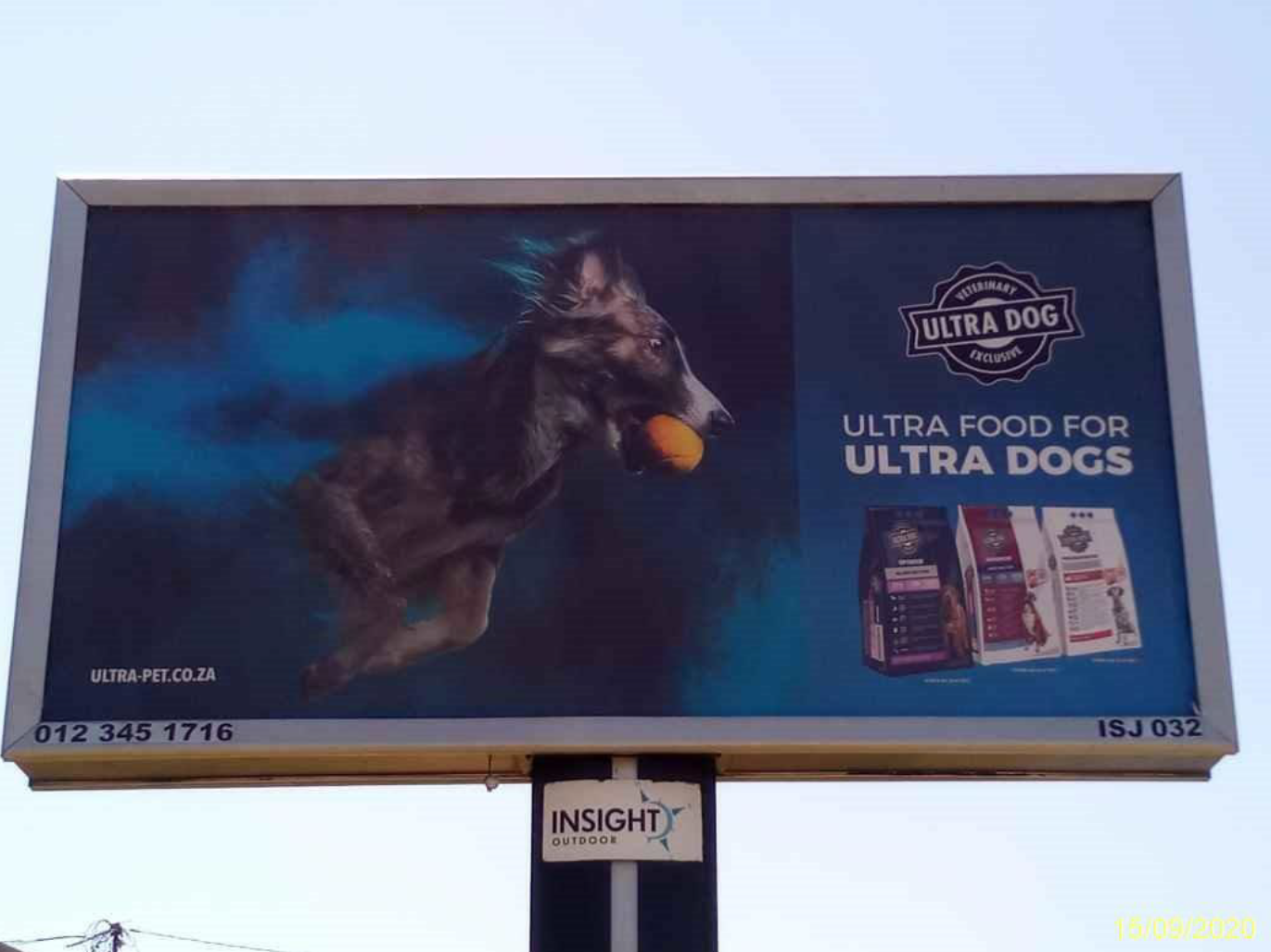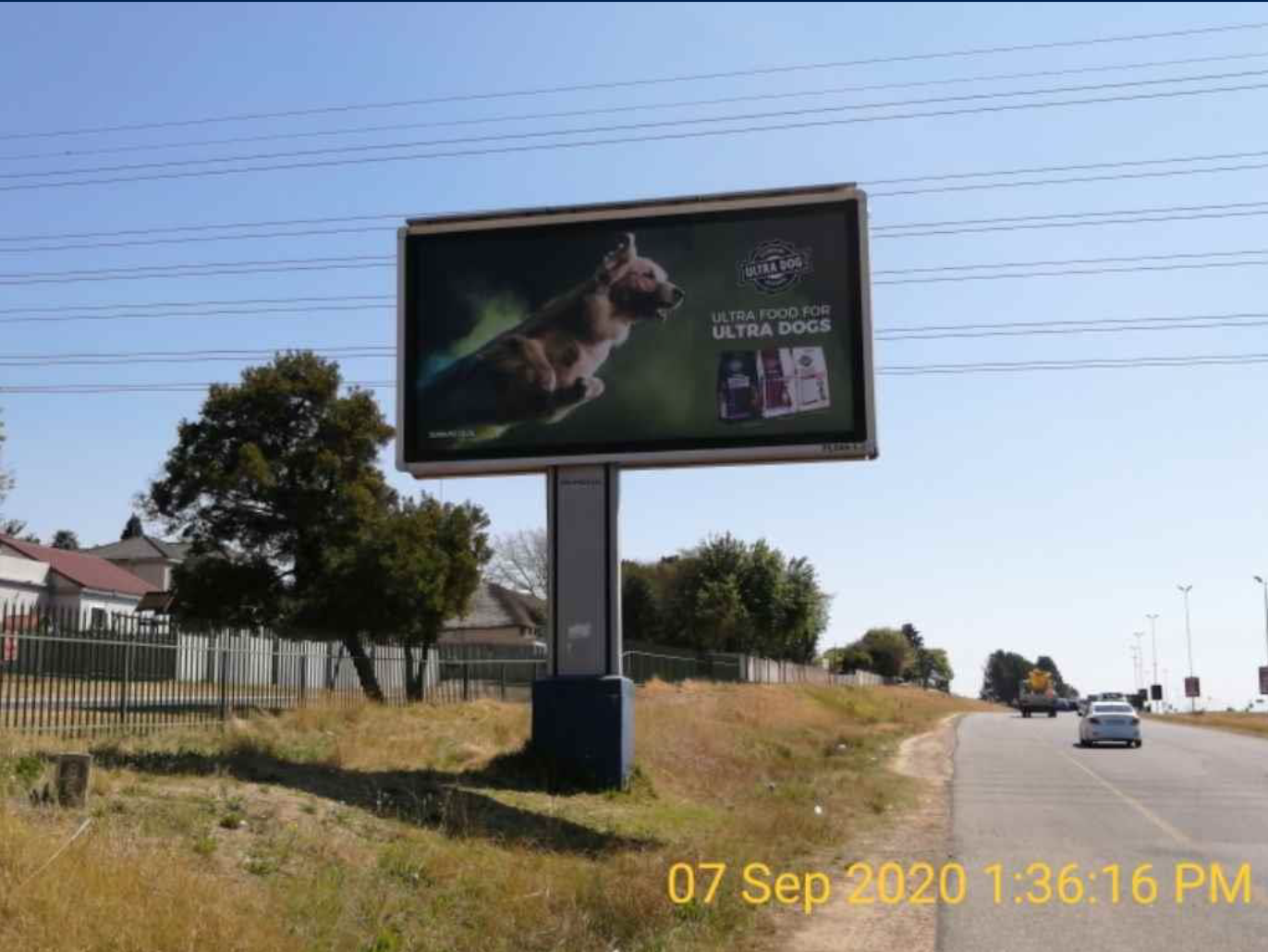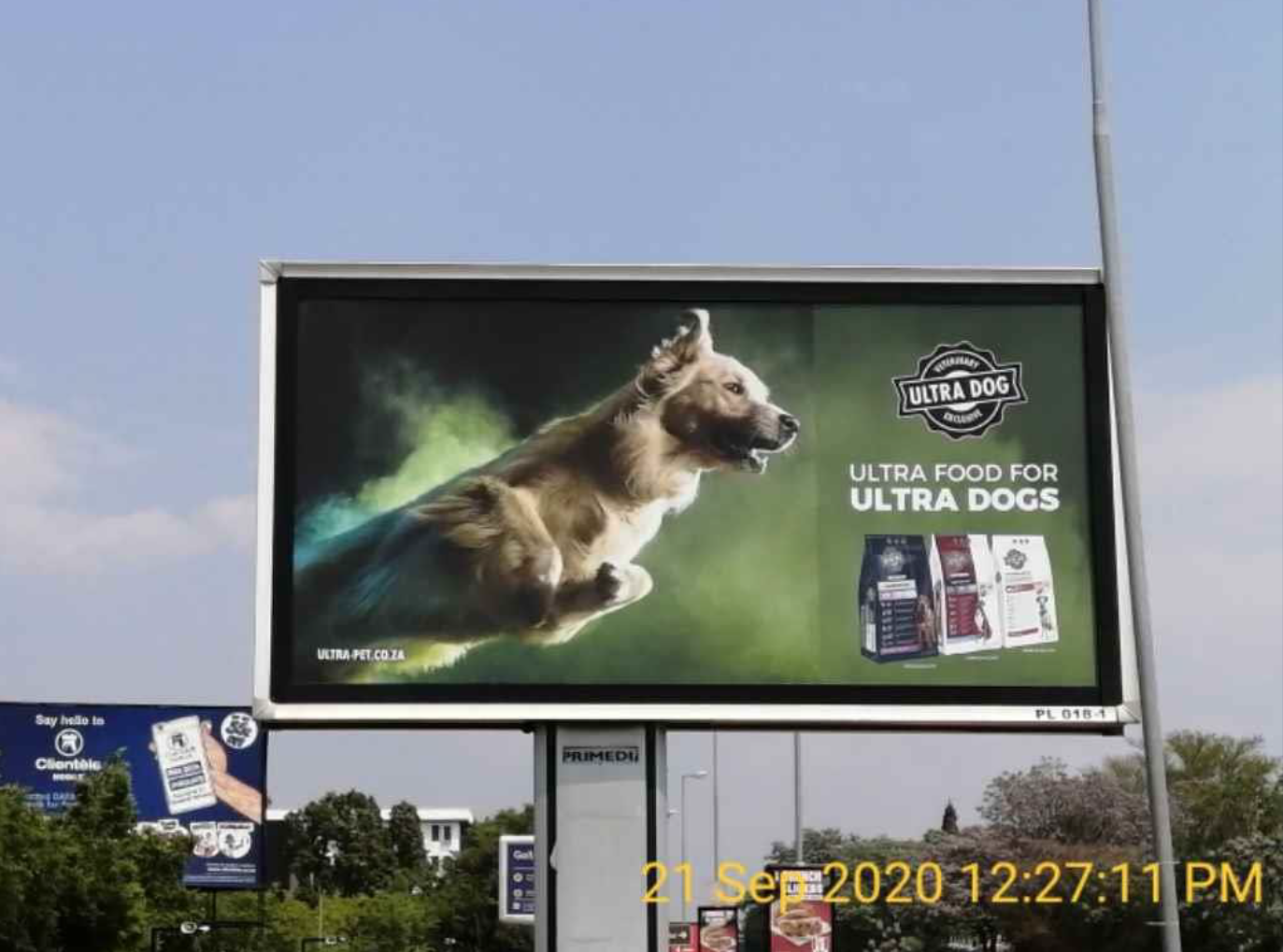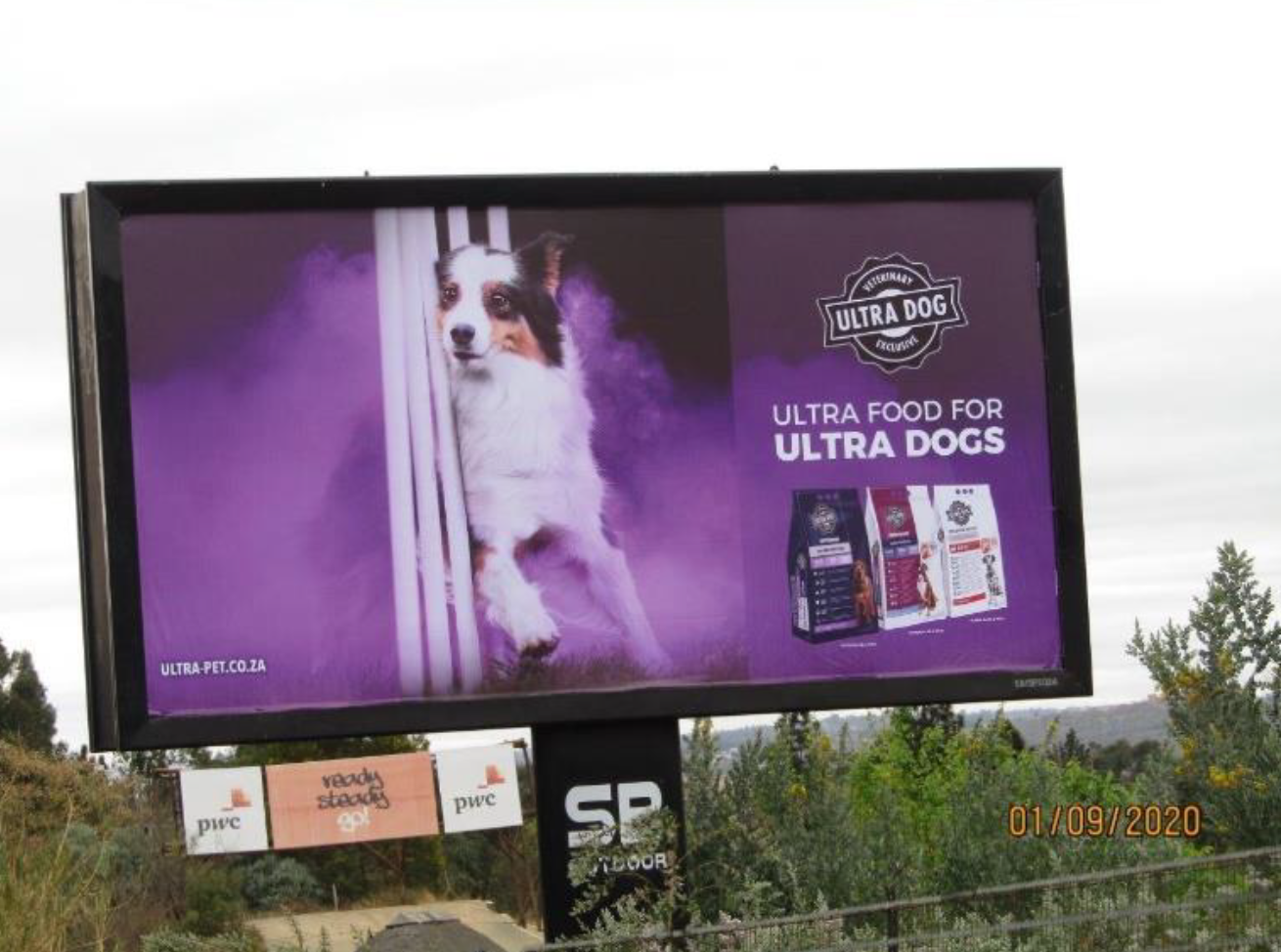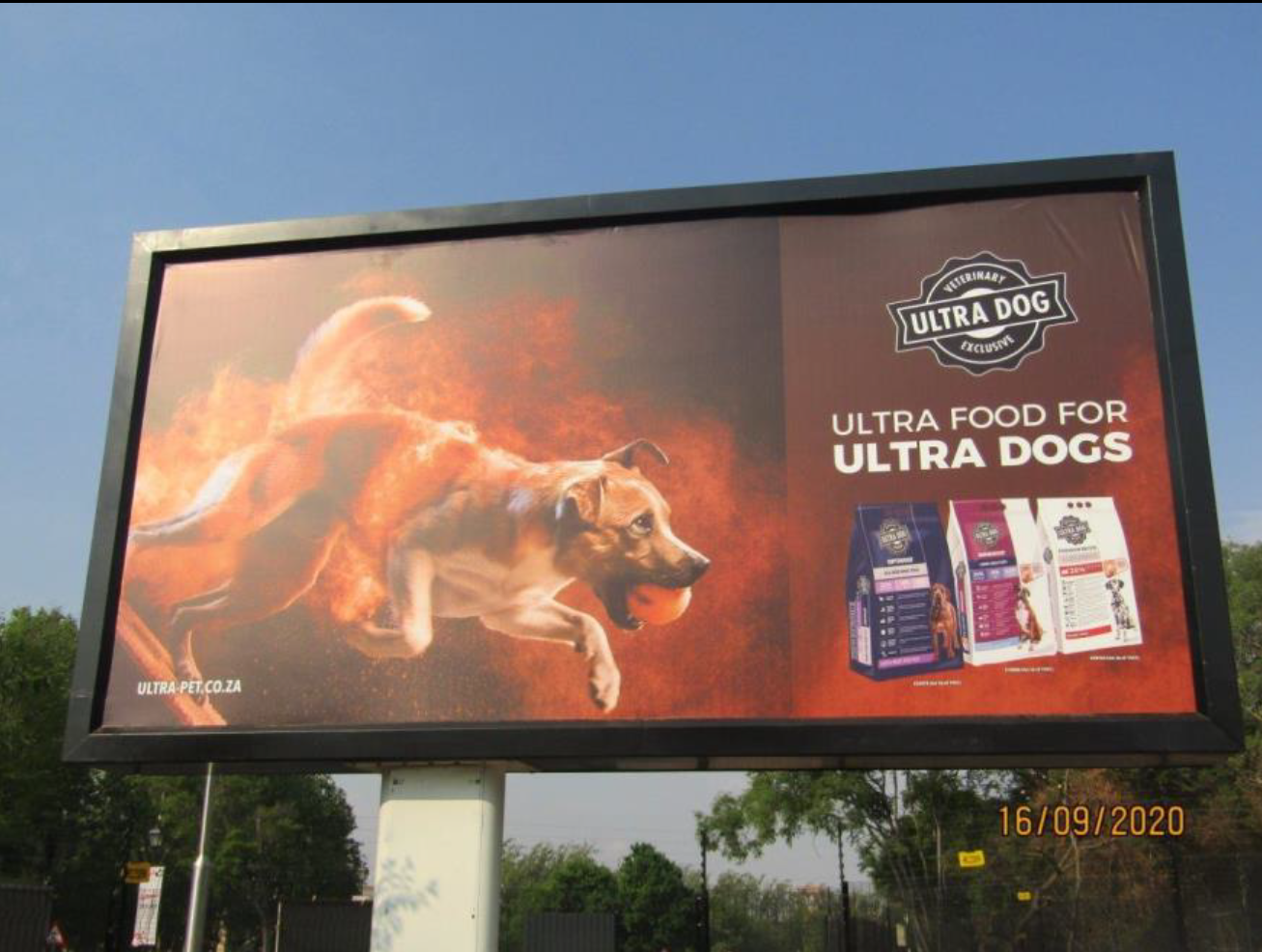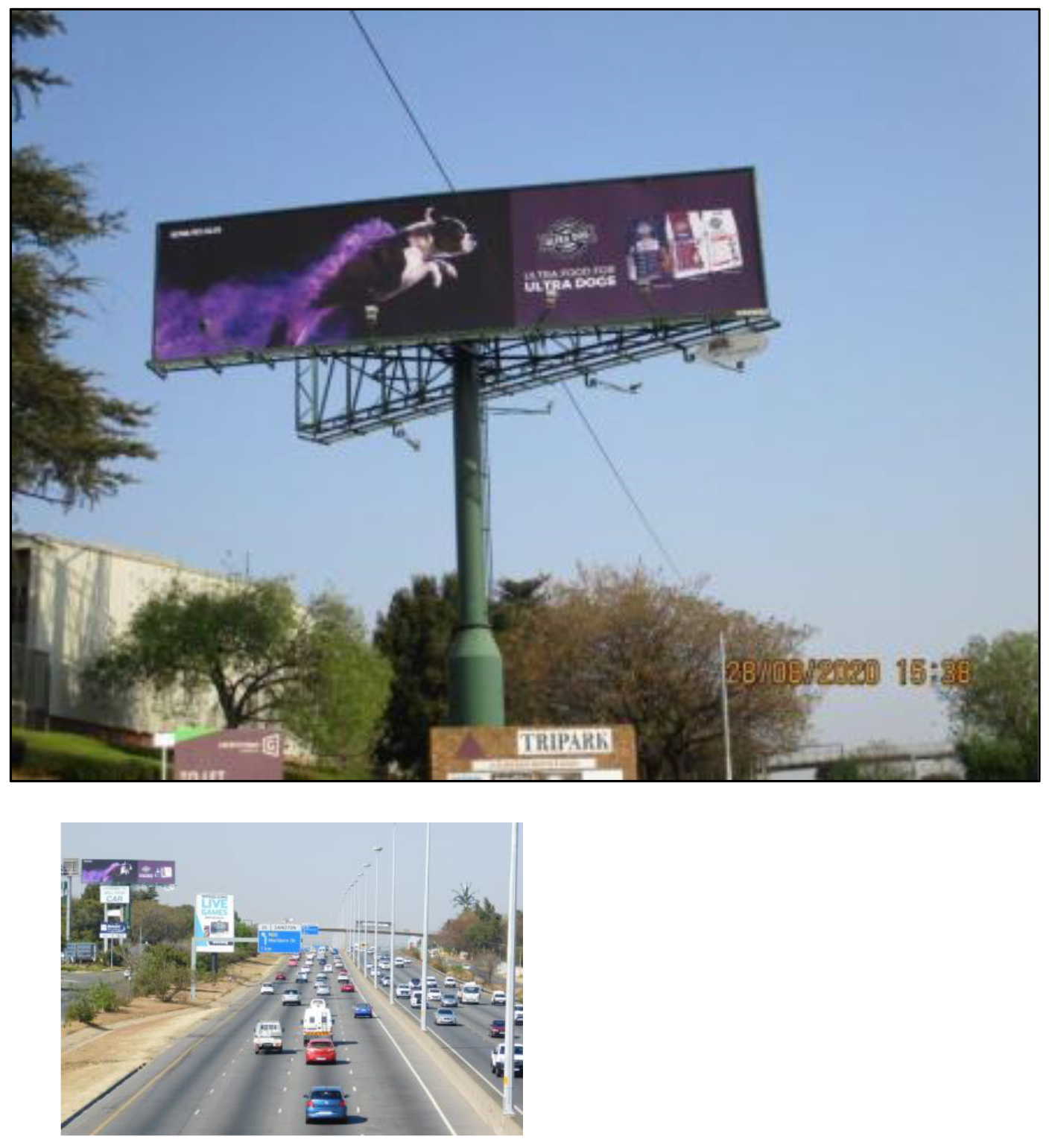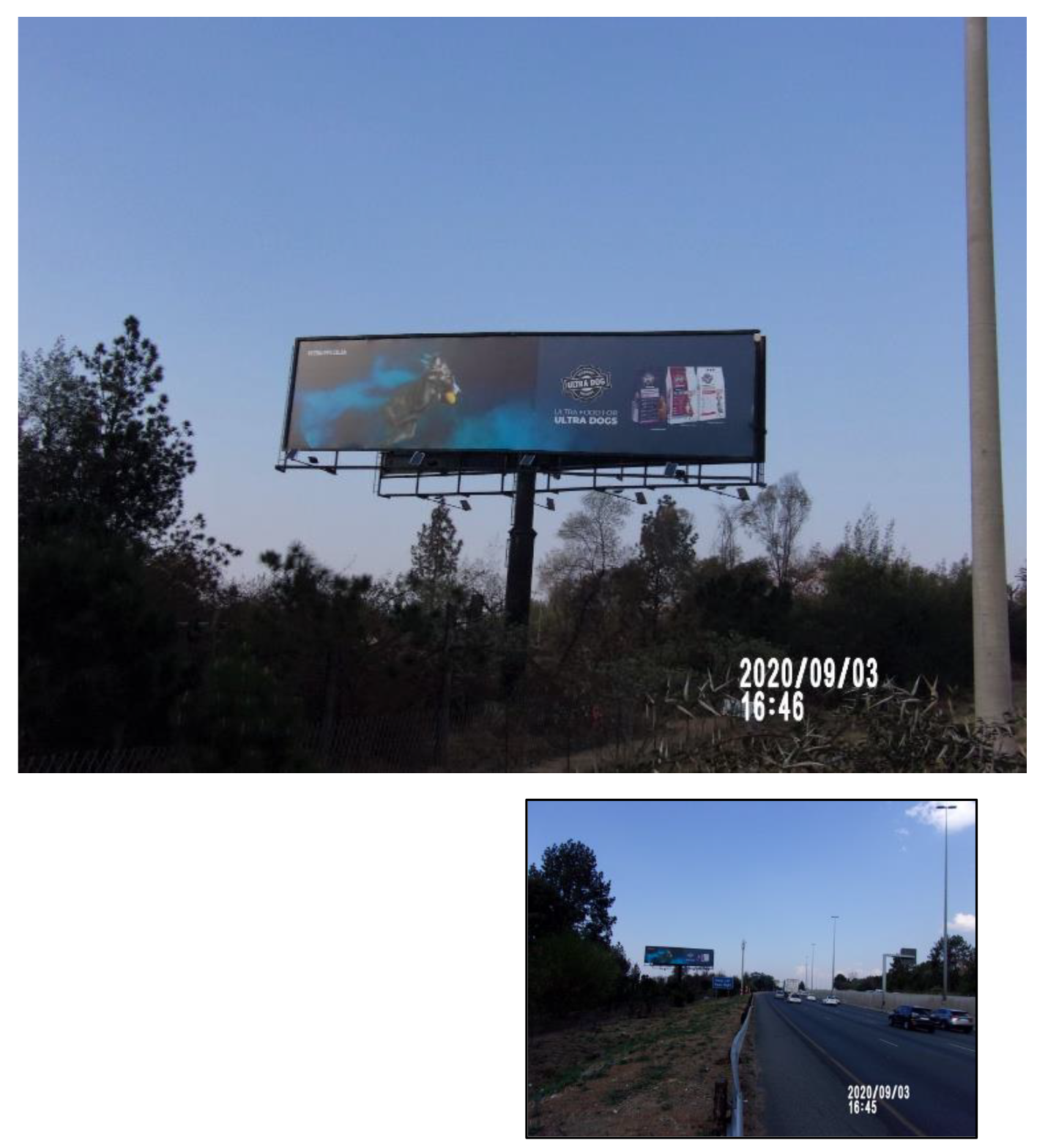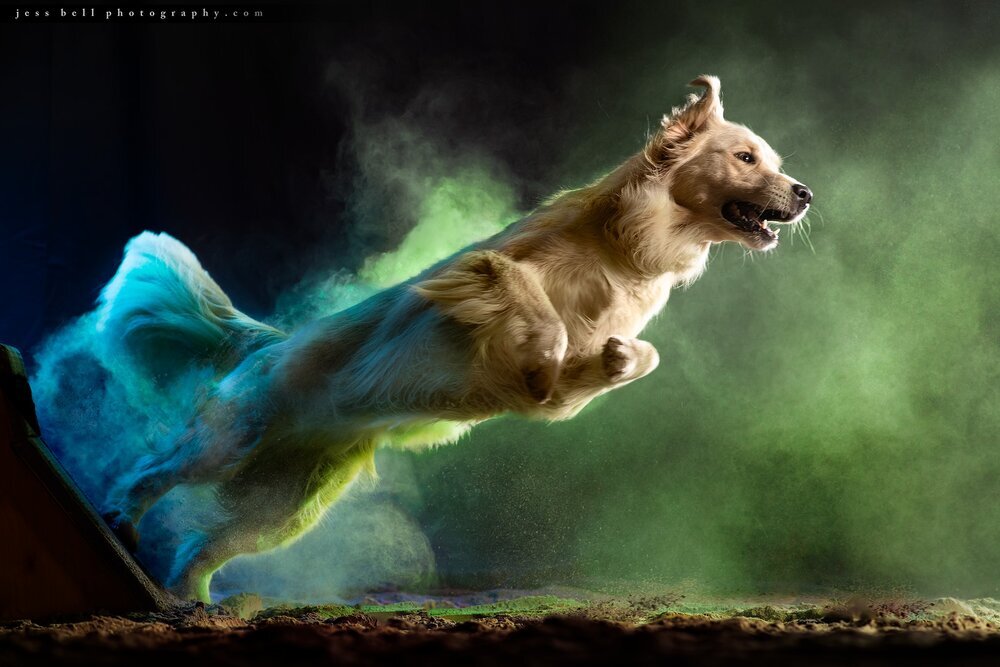Some projects are exceptional from the start. Kim and Paula approached me with a vision for their new van, and from the very start, I knew it was going to be something special.
The idea was to use my coloured powder photography to wrap their van’s windows. It was the fact that the van was white that prompted me to finally decide to experiment with coloured powder against a white background.
The project was not without its challenges, as I was not accustomed to working against white. The fact that the art would be printed 8’ long meant that there was no room for error when creating the files for print. However, I’m not one to shy away from a challenge, and I loved every moment of it.
Thank you to Kim and Paula for the opportunity to work on such a unique project. If you happen to see this van driving down the highway, or pulling up to a flyball tournament, please make sure to say hello for me.
The final product!
The photographs!
Behind the scenes
I love when clients capture behind the scenes craziness from our time together. My coworkers are the cutest things in the world (even when attempting to steal my lunch!).
